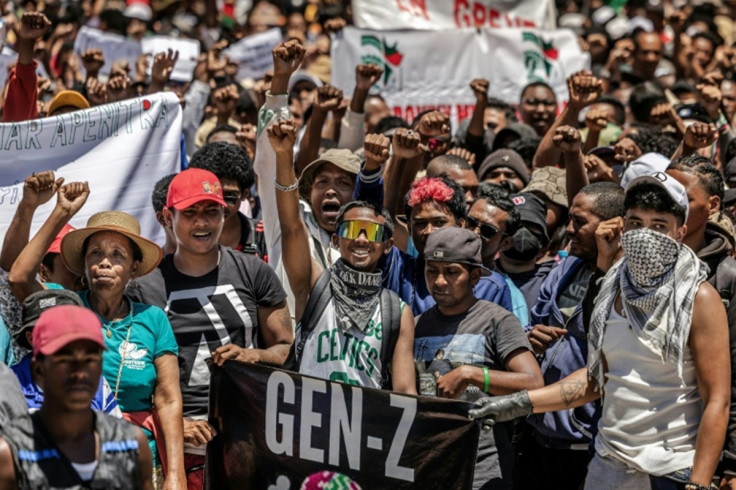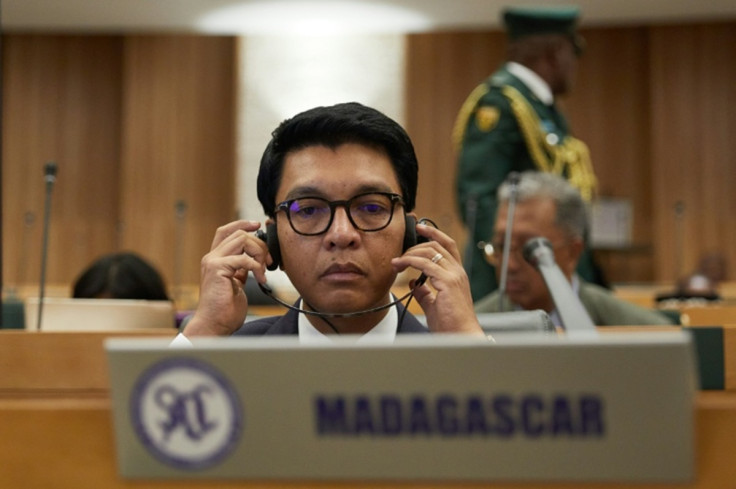Why Madagascar's Gen Z Revolt Sent The President Running
Youth-led protests over blackouts and water shortages escalate into nationwide unrest

Madagascar has been gripped by nationwide unrest after weeks of youth-led protests over worsening living conditions erupted into a political crisis.
What began in late September as demonstrations against persistent power cuts and water shortages quickly grew into a broader revolt against corruption, inequality and government failure. Thousands of young people, calling themselves Gen Z Mada, mobilised both online and on the streets, drawing support from student groups and civic networks.
Within days, the pressure forced President Andry Rajoelina to dissolve his government. By mid-October, reports suggested he had fled the country after losing backing from key military units.
How the Protests Erupted
The unrest began on 25 September in Antananarivo, where large numbers of young people marched to protest chronic electricity cuts and unreliable water supplies. Demonstrations quickly spread as activists linked service failures to wider grievances about corruption, economic hardship and poor governance. Student organisers and online groups helped coordinate rallies that drew thousands into the streets, according to Reuters.
Tensions escalated when security forces detained several protesters and two local politicians, prompting larger turnouts the following days. The president responded by dismissing his government and announcing a process to form a new cabinet, but that concession did not defuse the protests, according to The Guardian.
Military Breakaway
Rajoelina tried to calm the crisis by sacking several ministers, dissolving his cabinet and promising reforms. In a televised address on 30 September, he called for dialogue, but protesters said the gesture came too late.
The turning point came when CAPSAT, an elite military unit with long-standing ties to the president, defected and joined the demonstrators. Other security units soon followed. With soldiers refusing orders to disperse crowds, the government's control began to unravel.

By 13 October, opposition figures and diplomatic sources reported that Rajoelina had left Madagascar on a French military aircraft after negotiations with foreign officials. His whereabouts remain unconfirmed. Protesters have continued to occupy major public spaces, demanding his formal resignation and new elections.
Youth Power and Fragile Governance
Madagascar, one of the world's poorest island nations, has a long history of political volatility. The latest revolt underscores how social media and demographic change are reshaping power. Across Africa and Asia, Gen Z movements are linking daily grievances such as failing utilities to wider questions of accountability and leadership.
Rajoelina's presidency was marked by centralised authority and reliance on patronage. Once military loyalty faltered, the system collapsed quickly. The episode shows how fragile governments can become when legitimacy erodes and essential services fail.
From Blackouts to Broken Promises
For many in Antananarivo, repeated blackouts and water cuts symbolised more than inconvenience; they represented years of broken promises. The protests, initially fuelled by frustration over daily hardship, have evolved into a demand for dignity and reform.
What began as anger over power and water has become a defining moment for Madagascar's young generation. Whether new leaders can restore basic services and public trust will determine if this uprising leads to renewal or ushers in another cycle of unrest.
© Copyright IBTimes 2025. All rights reserved.





















